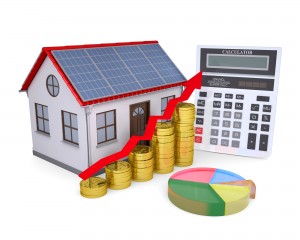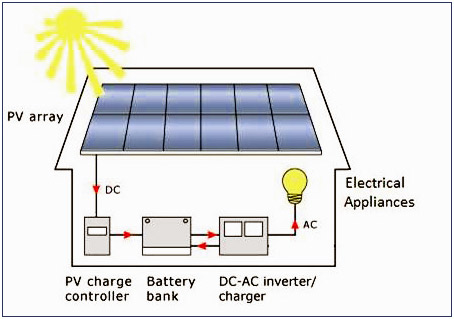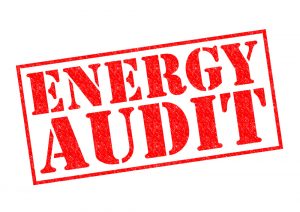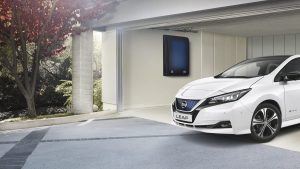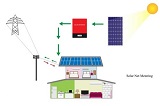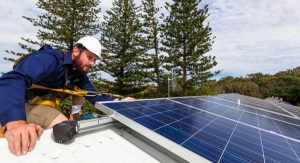You’re tired of dealing with the utility company, with their service fees and rising electric rates. Producing your own electricity with solar and kissing the utility company goodbye sounds great, but is it actually possible? Here is the straight story on going “off the grid.”
Many customers begin looking into solar because they are interested in being self-sufficient, protecting themselves and their families from power outages and protecting their bank accounts from high electric bills. Some want to reduce their environmental impact by switching to a clean source of energy. Most people discover pretty quickly, though, that the economics of off grid living are much more complicated than they had hoped. Let’s take a look at some of the factors that go into deciding what kind of solar project can work for you.
The economics of going off the grid
First, let’s be very clear about the economics of switching from utility electricity to an off-grid residential or small business solar system. Because you are “cutting the cord” to the utility company, you need to provide 100% of all of the energy that you use. Your system needs to be sized to provide enough power for your highest demand (peak) periods, even if those periods only happen once a day, or once a week (for instance, on laundry day). Plus, you will need enough battery storage to make sure that you have that power available, even at night, during the short days of winter, or during an extended cloudy period.
So what is the cost breakdown? Let’s look at an average household of four in Ontario, which uses approximately 10,000 kWh (kilowatt hours) per year. This means that they will need a minimum 10 kWp (kilowatt peak) system to match their loads. Details of system sizing are beyond the scope of this article, but let’s say that a customer could realistically be paying $60,000 to have a system professionally installed that will meet the family’s needs. Even with electric bills in Ontario ranging from $100 to $300 a month (on average), that is still a 17 to 50-year payback!
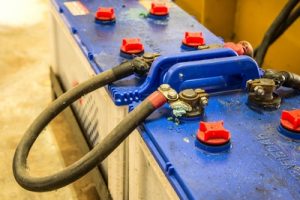
Battery bank for off-grid solar panels system
This quick and dirty calculation does not take a lot of other factors into consideration (like maintenance and replacing batteries), but the point is, going off-grid for the average homeowner or small business is not yet practical. This is why most people choose a grid-tied solar system (microFIT or NetMetering) that eliminates the need for a large battery bank.
When does an off grid make economic sense?
There are still a lot of situations where an off grid system makes sense. In remote areas, where there is no access to utility power, a battery-based system may be your only choice for electricity. Charging the batteries can be done with solar, wind power, a gas or diesel generator, or a combination of these. Cabins, camps, fishing and hunting lodges and remote cottages are all good candidates for battery-based systems. Usually, they are smaller, have lower loads, and therefore system sizes can be smaller. A great example of a remote community using battery-based solar is Lasqueti Island, off the coast of Vancouver, where over 400 people live with no access to grid service. In the Hawaiian Islands, where the electric grid is powered by diesel shipped in from the mainland, customers routinely pay $350 a month or more for electricity. For many homeowners, paying the upfront cost of an off-grid system makes sense.
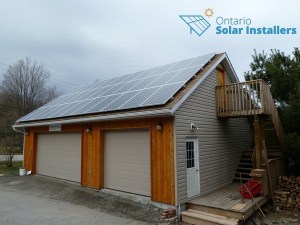
The good news is, there are a lot of new battery technologies being explored, and a new generation of versatile storage systems is on the horizon. Even now, you can buy hybrid products that allow you to store some of your own power while keeping the security and convenience of your utility service. Soon, it may be feasible for a typical family to produce 100% of their own power without the utility, be economically we just aren’t there yet.


